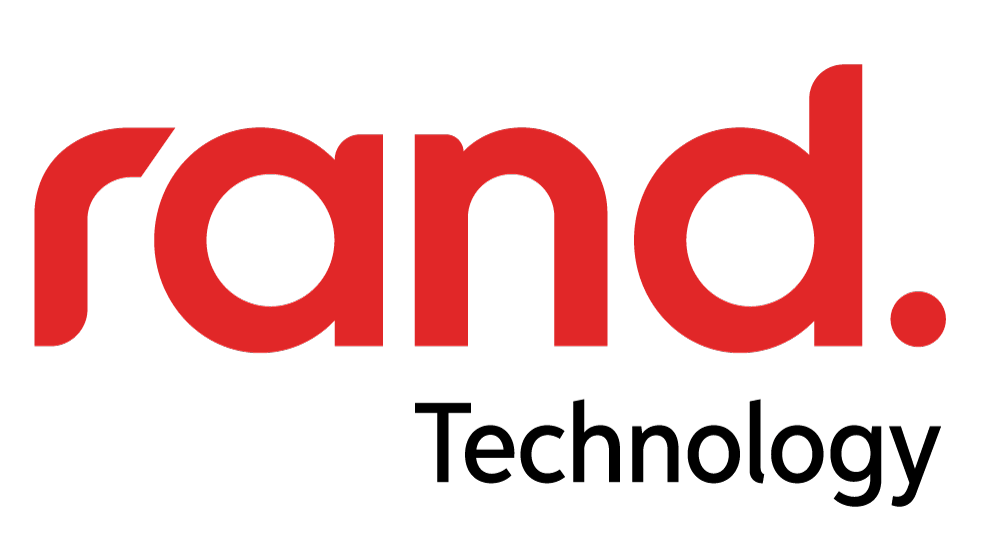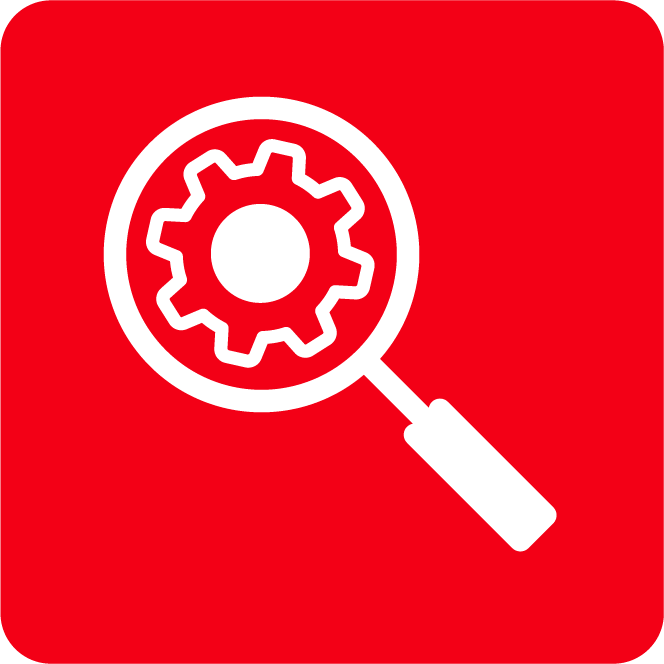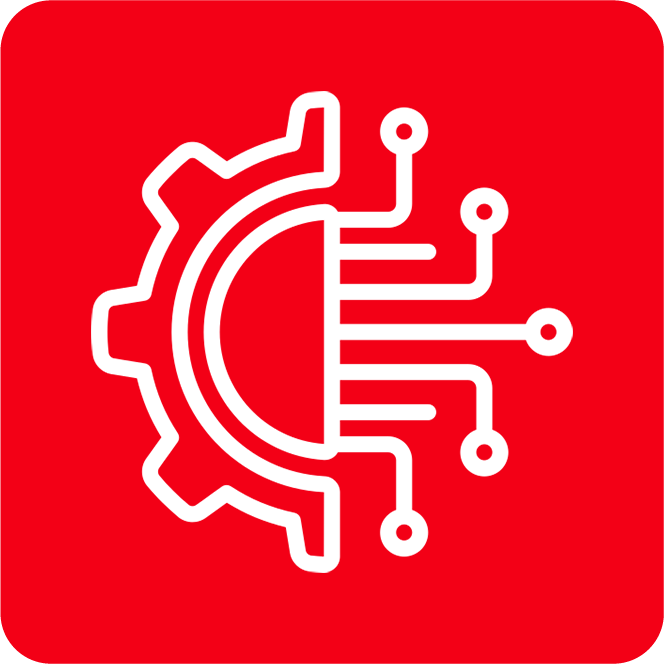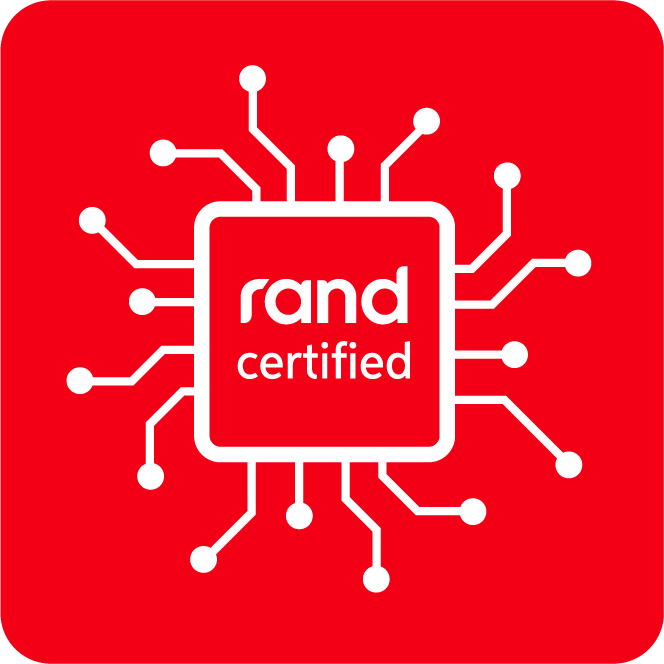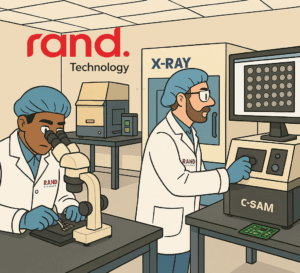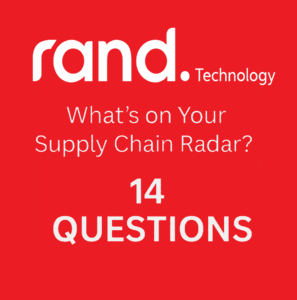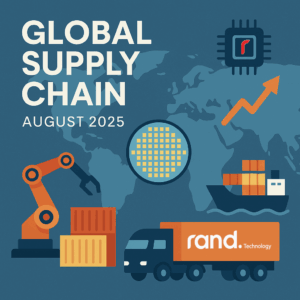In the dynamic and increasingly interdependent world of electronics manufacturing, one thing is constant: change. Supply chains are shifting, business models are evolving, and consolidation is rapidly reshaping the distributor landscape. For OEMs, EMS providers, and component buyers alike, the question isn’t just how to react—it’s how to stay ahead.
In recent months, we’ve seen significant moves within the electronic components distribution ecosystem. These include major players acquiring independent distributors, global firms absorbing regionally embedded partners, and new strategies emerging that blur the line between service provider and competitor.
Many industry leaders praise these transitions as efficient consolidations or expansions of reach, but they also prompt essential—and sometimes uncomfortable—questions for procurement teams. In an industry where neutrality, flexibility, and supply continuity are paramount, how do you respond when your sourcing partner is suddenly part of a much larger—and perhaps competitive—entity?
At Rand Technology, we’ve been paying close attention to these developments. And we’re hearing the same questions from customers across the globe:
- What does this consolidation mean for the agility of our supply chain?
- Will we face conflicts of interest in sourcing channels we once trusted?
- Who truly represents our interests when partners shift ownership or incentives?
Let’s unpack the implications of these industry shifts—and how organizations can use this moment as a catalyst to reassess, realign, and strengthen their sourcing strategies for the future.
The Consolidation Wave: What’s Really Happening?
Over the past decade, we’ve seen a steady rise in M&A activity within the electronics and semiconductor industries. But the pace of consolidation has accelerated in recent years—and not just among chipmakers or manufacturers.
The distribution layer—the connective tissue between suppliers and end-users—is undergoing a quiet but significant transformation.
Consider this:
- A major global electronics manufacturing services (EMS) company recently acquired a well-established independent distributor, integrating its sourcing operations into the larger production ecosystem.
- A global tech conglomerate quietly acquired multiple independent providers, folding them into vertically integrated procurement channels.
- Private equity-backed aggregators are on the hunt, seeking to roll up regional sourcing firms under a single, streamlined umbrella.
These are not just business moves—they are structural shifts in how components move from the factory floor to the product assembly line.
What does this mean for the companies that rely on these networks? In short: the sourcing landscape is becoming more consolidated, less neutral, and—potentially—more competitive than collaborative.
The Risk of Channel Conflict
When distributors become embedded within OEMs or EMS providers, the equation changes.
What was once a partner becomes a subsidiary. What was once neutral sourcing advice may now be aligned with internal inventory objectives. And what was once a client relationship can suddenly become a strategic exposure—especially if your procurement dollars are flowing into a competitor’s parent company.
This channel conflict is subtle, but powerful.
Let’s say your sourcing partner is acquired by a company that also bids on the same EMS projects you do. Suddenly, your purchasing data, market behavior, and component needs are part of an ecosystem that may not have your best interests in mind. Even if guardrails are in place, the perception of bias is hard to avoid, and trust begins to erode. That said, not every acquisition creates these challenges. Some provide access to greater scale, inventory, or services. But it does underscore a vital point:
Your choice of sourcing partner matters more than ever.
The Shifting Definition of “Partnership”
Distributors have historically played a critical role in the electronics ecosystem: bridging gaps, offering market intelligence, managing buffer stock, and ensuring availability when lead times stretch or production surges.
However, as larger manufacturing or service organizations absorb some distributors, the nature of the partnership shifts.
Customers are increasingly asking:
- Is my distributor aligned with my long-term success, or someone else’s P&L?
- Will I have visibility into the full supply chain, or will priorities be opaque?
- Am I still the customer—or am I now a transaction within someone else’s ecosystem?
These questions aren’t hypothetical. They are central to risk mitigation, continuity planning, and cost efficiency in today’s volatile market.
Why Independence Matters
Amid all this movement, there’s one trait that’s becoming more valuable by the day: independence.
An independent sourcing partner brings neutrality, transparency, and focus to every engagement. It’s not beholden to internal manufacturing lines or tied to shareholder mandates stemming from vertical integration.
Independence means your goals—your cost targets, quality requirements, risk profile, and delivery timelines—are the only priorities that matter.
At Rand Technology, we’ve built our business on that premise.
- We have no conflict of interest in the channels we source from.
- We don’t compete with our customers—ever.
- We work with everyone: EMS providers, OEMs, CMs, R&D teams, and government agencies alike.
- We provide clarity and assurance, especially when the market gets murky.
In a time when companies are reconsidering who sits at their table, Rand remains a partner who’s only on your side.
Case in Point: Market Volatility and Predictive Sourcing
The backdrop to this consolidation trend is a global supply chain that is still recovering from COVID-era disruptions, geopolitical trade uncertainty, tariff instability, and ballooning demand in AI, EVs, and data infrastructure.
That means sourcing is no longer just about availability or price—it’s about strategy.
Rand brings three key advantages to the table that larger, less nimble entities struggle to match:
- Real-Time Market Intelligence
- Our global network and boots-on-the-ground insight enable us to detect shifts in supply, demand, and pricing before they hit the mainstream. Our network gives our customers the lead time they need to act decisively.
- Flexible Procurement Models
- Whether you’re looking to bridge a supply gap, disposition excess stock, or engineer a cost-optimized BOM, we meet you where your need is—not where a quarterly report says we should focus.
- Uncompromising Quality Control
- Every part we source is verified through our Rand Certified™ labs—backed by industry-leading inspection protocols, ISO certifications, and a zero-tolerance approach to counterfeits.
These capabilities don’t scale easily when sourcing is just one division of a much larger corporate engine. But at Rand, they’re foundational.
The Bigger Picture: Globalization vs. Regionalization
Another important dynamic at play is the global reshaping of supply routes. With increasing tariff risk and growing demand for regional resilience, many companies are shifting away from hyper-globalized sourcing toward more diversified, localized strategies.
Distributors tied to singular corporate strategies may find it harder to adapt.
An independent, agile partner like Rand can move with you—whether your production shifts from Shenzhen to Guadalajara, or from Stuttgart to Austin.
Our teams and offices span North America, Europe, Asia, and Mexico, enabling us to embed ourselves in global supply networks actively. That footprint allows us to pivot with your needs while maintaining transparency and speed.
What to Watch For: Emerging Trends in Distribution
As we look ahead, here are a few trends we believe will define the next era of component sourcing:
- Continued consolidation of mid-sized distributors—especially those without specialized vertical focus or differentiating service models.
- Growth in hybrid sourcing models, combining AI-driven analytics with traditional procurement channels.
- Expansion of strategic partnerships, where customers expect sourcing partners to act more like consultants than brokers.
- A redefinition of value, where quality assurance, ethical sourcing, and sustainability are as important as price.
For customers, the key is to stay informed—and to be intentional about the partners you choose.
What This Means for EMS and OEM Leaders
If you’re in a sourcing, procurement, or supply chain leadership role, here are some questions to ask right now:
- Are any of my current partners changing ownership or strategy?
- How might those changes affect transparency, neutrality, or service delivery?
- Am I overexposed to any one partner, geography, or supply chain node?
- Do I have an independent sourcing partner who prioritizes my interests?
The answers to these questions can guide smart strategy in times of uncertainty.
And if you’re not sure where to start, Rand is ready to talk.
Why Rand Technology
We’ve been a part of this industry for over 30 years—and through every cycle, one thing has remained true: we succeed when our customers succeed.
Rand Technology offers:
✅ Global reach, with a local feel
✅ Full lifecycle solutions—from NPI to EOL and everything in between
✅ Conflict-free sourcing and BOM optimization
✅ Certified quality and counterfeit protection
✅ Agility, transparency, and integrity in every engagement
When others consolidate, we clarify. When others compete, we collaborate. When others shift focus, we double down on being your independent, trusted partner.
Change Is Inevitable—Trust Isn’t
Consolidation isn’t inherently bad. But it demands vigilance, strategic reassessment, and proactive planning.
In this moment of change, Rand Technology offers continuity. When the landscape shifts, we stay grounded in your needs, priorities, and success.
If you’re reevaluating your sourcing strategy or want to understand your options, we’re here to help.
Get in touch today. Let’s discuss what true partnership looks like.
